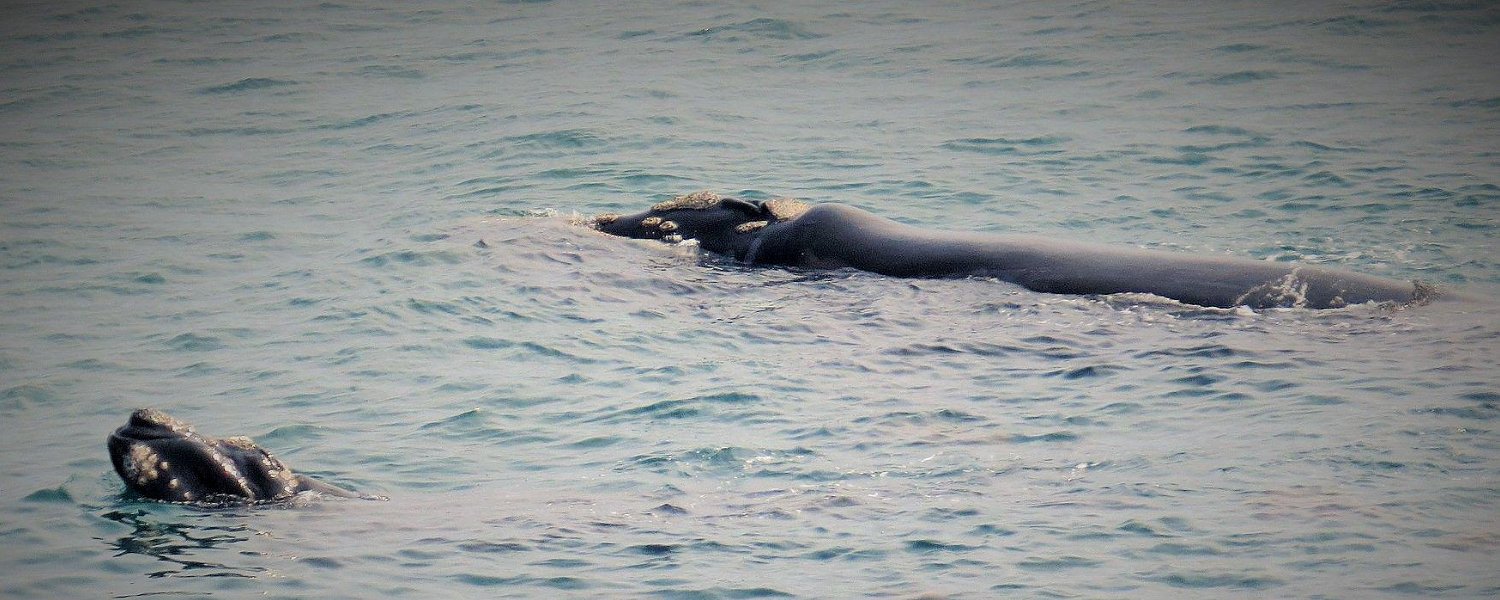De Kelders Caves – A Funhouse for Spelunking!
For the avid spelunkers or cavers out there, our little corner of Gansbaai, De Kelders will prove to be a fantastic week end out for you! The area is riddled with limestone caverns for you to explore which are collectively referred to as De Kelders Caves.
De Kelders literally means “the Cellars” in Dutch. This vast collection of caverns was discovered by some of the earliest Dutch colonists to the Gansbaai area and there are far to many to mention them all, but for eager cavers, there are 3 that are of particular importance and can be visited while staying in the De Kelders or the general Gansbaai area.
Drupkelder Cave
Drupkelder cave, otherwise known as De Kelder Cave, is particularly impressive because it is the only freshwater cave on the South African Coast. Known as one of the natural wonders of the old colony, Drupkelders was even visited in 1798 by Lady Anne Barnard. Drupkelder cave is boasts incredible stalactites and stalagmites and deep freshwater rock pools of mineral rich water which are all filled by a strongly flowing underground river.
Klipgat Cave
Equally as impressive as Drupkelder cave, and best known of all the De Kelders Caves is Klipgat cave. Klipgat Cave is an World heritage site as it is home to some of the oldest human remains and artifacts in South Africa. Excavations in 1969 revealed substantial evidence that Klipgat had been used as a home and shelter by indigenous peoples for many thousands of years. Further excavation of the deeper parts of Klipgat cave in 1992 unearthed artifacts and remains as old as 7000 years in age, which are amongst the oldest home sapien remains in the world.
Duiwelsgat Cave
Duiwelsgat, or Devils hole cave, was in fact originally named Duiwegat which means Dove hole becuase of all of the rock pigeons that used to roost inside the cave. It is marked by a very clear circular stone wall around a hole in the ground. This wall was built when people first inhabited the area to prevent livestock from falling through the hole, which is in fact the collapsed ceiling of the cave. Below is a cavern filled with seaweed and other marine life, that is subject to the tides. If you are prepared to forgo your vertigo and look down you will see the water rolling in and out. For the more adventurous one can scramble down the cliff face to the low tide entrance to look into the cave from below.




Share This Post